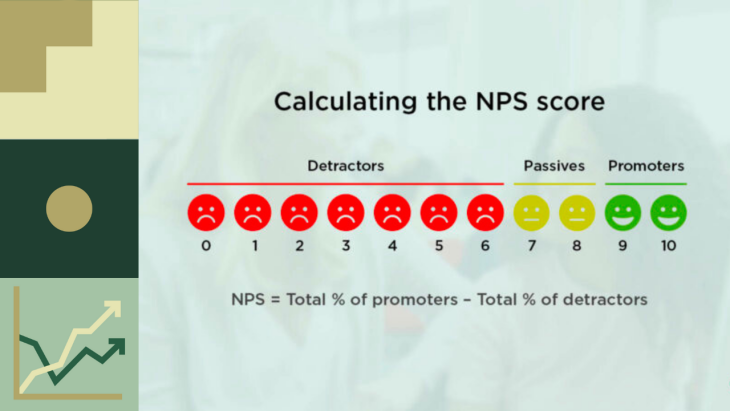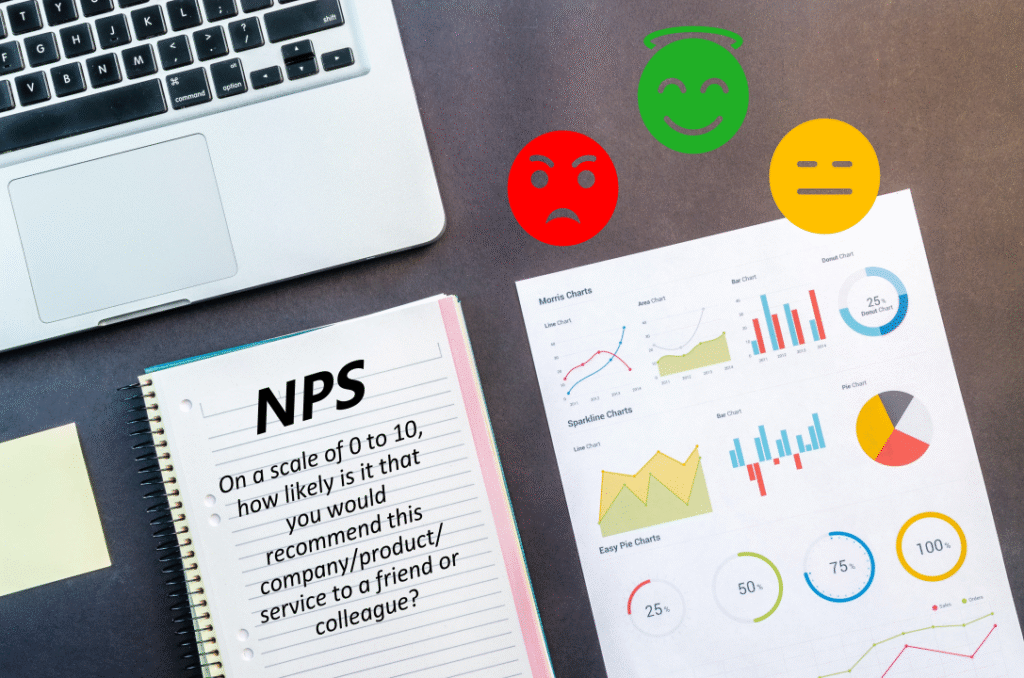In the modern business world, understanding how your customers feel about your brand is not just beneficial — it’s essential. One of the most effective tools for measuring customer loyalty and satisfaction is the Net Promoter Score (NPS). If you want consistent, scalable, and actionable feedback, NPS surveys are your go-to solution. But what makes a good NPS survey? How can templates help? And how should you design or adapt one for your business?
In this comprehensive guide, we’ll explore NPS survey templates, how they work, best practices, and how you can use them to drive growth through customer loyalty.
What is an NPS Survey?
An NPS (Net Promoter Score) survey asks customers a simple question:
“On a scale of 0 to 10, how likely are you to recommend our company/product/service to a friend or colleague?”
Based on their responses, customers are categorized into three groups:
- Promoters (9-10): Loyal customers who are likely to recommend you to others.
- Passives (7-8): Satisfied but unenthusiastic customers.
- Detractors (0-6): Unhappy customers who can damage your brand through negative word-of-mouth.
The Net Promoter Score is calculated as:
NPS = % of Promoters – % of Detractors
Why Use NPS Survey Templates?
Using NPS survey templates offers several advantages:
1. Saves Time
No need to design surveys from scratch. Templates offer pre-written questions, formats, and flows.
2. Consistency
Ensures that the same question format is used over time, enabling you to track trends accurately.
3. Customization
While templates give you a starting point, they are easily adaptable to suit your specific brand tone or goals.
4. Actionable Design
Templates often come with follow-up questions, making it easier to understand the “why” behind the score.
Core Elements of an NPS Survey Template

A good NPS survey includes the following components:
- The Rating Question
“How likely are you to recommend us to a friend or colleague?”
- A Follow-Up Question
“Can you tell us why you gave that score?” (Open-ended)
- Thank You Message
Personalized based on the response category (promoter, passive, or detractor).
- Optional Fields
Such as email (if anonymous) or product type (for segmentation).
Types of NPS Survey Templates
Let’s explore different types of templates tailored to specific industries and use cases.
1. General NPS Survey Template
Subject: We’d love your feedback
Body:
“Hi [First Name],
On a scale from 0 to 10, how likely are you to recommend [Your Company Name] to a friend or colleague?”
[0 – 10 scale]
“What’s the main reason for your score?”
[Open text field]
2. SaaS Product NPS Survey Template
Subject: Help us improve your experience
Body:
“Thanks for using [App Name]! How likely are you to recommend us to others?”
[0 – 10 scale]
“We’re always improving. Could you share your thoughts?”
[Open text field]
3. E-commerce NPS Template (Post-Purchase)
Subject: Quick question about your recent order
Body:
“How likely are you to recommend [Store Name] to your friends based on your recent purchase?”
[0 – 10 scale]
“What could we do better?”
[Open text field]
4. B2B Service Template
Subject: We value your feedback
Body:
“As a valued client, we’d love your feedback. How likely are you to recommend our service?”
[0 – 10 scale]
“What has been most helpful or needs improvement?”
[Open text field]
5. Employee NPS (eNPS) Survey Template
Subject: Tell us how we’re doing as an employer
Body:
“How likely are you to recommend [Company Name] as a great place to work?”
[0 – 10 scale]
“Why did you choose that score?”
[Open text field]
Best Practices for Using NPS Survey Templates
1. Segment Your Audience
Run separate NPS surveys for different customer segments (e.g., new vs. returning customers) for deeper insights.
2. Use Smart Triggers
Automate sending surveys after key events: purchase, customer support interaction, or subscription renewal.
3. Personalize the Experience
Use the customer’s name, mention the product or service they used, and personalize the thank-you message based on their score.
4. Analyze Open-Text Responses
Use keyword analysis or AI tools to identify common themes in the comments. This adds depth to the score.
5. Close the Feedback Loop
Respond to feedback, especially from detractors. Offer solutions or at least acknowledgment. This can turn a detractor into a promoter.
NPS Tools That Offer Built-in Templates
You can use these platforms to deploy professional NPS templates:
- Delighted
- Typeform
- SurveyMonkey
- Wootric
- AskNicely
- Qualtrics
- Hotjar
These tools often allow you to track NPS over time, automate delivery, and analyze responses visually.
How to Customize an NPS Template for Your Brand
- Language Style: Make sure your tone matches your brand—formal for B2B, casual for lifestyle brands.
- Visual Branding: Use your colors, logo, and fonts if possible.
- Additional Questions: Add short multiple-choice or demographic questions if needed, but don’t overload the survey.
- Localization: If you serve different countries, offer localized language versions.
What to Do With Your NPS Results
Once you collect your responses:
- Calculate NPS
- Promoters: 50%
- Passives: 30%
- Detractors: 20%
→ NPS = 50 – 20 = 30
- Promoters: 50%
- Identify Trends
- Are product quality or customer support issues recurring themes?
- Are product quality or customer support issues recurring themes?
- Take Action
- Make improvements, test changes, and measure if the next NPS cycle improves.
- Make improvements, test changes, and measure if the next NPS cycle improves.
- Communicate Changes
- Let customers know you’re acting on their feedback:
- Let customers know you’re acting on their feedback:
- “Thanks to your input, we’ve improved our delivery process!”
Sample NPS Email Template
Subject: Quick Feedback?
Header: How likely are you to recommend [Company Name]?
[0-10 rating buttons]
Follow-Up: Why did you give this score? (optional)
[Text box]
Thank You:
- For Promoters: “We’re thrilled you love us. Stay tuned for exciting updates!”
- For Detractors: “We’re sorry to hear that. Your feedback helps us improve, and we’d love to follow up.”
Conclusion
NPS surveys are a goldmine of customer insights — and using the right templates ensures you collect meaningful, structured feedback with minimal effort. Whether you’re running a SaaS platform, an online store, a consulting firm, or managing a team, NPS survey templates help you understand your audience better and take targeted actions to improve their experience.
Remember: collecting NPS is only the first step. The real power lies in how you respond to and act upon that feedback.



